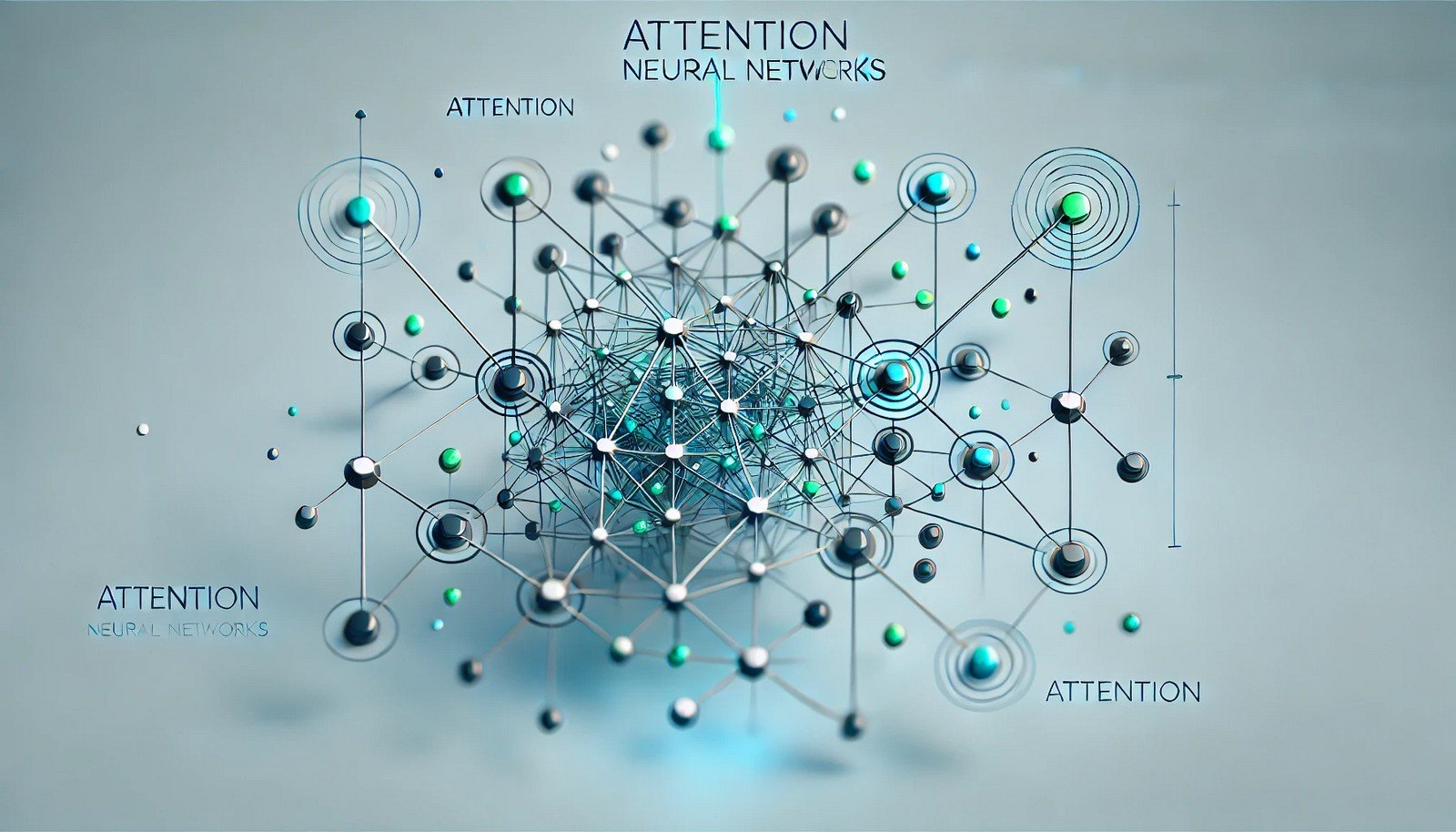Attention Neural Networks

Quick Navigation:
- Attention Neural Networks Definition
- Attention Neural Networks Explained Easy
- Attention Neural Networks Origin
- Attention Neural Networks Etymology
- Attention Neural Networks Usage Trends
- Attention Neural Networks Usage
- Attention Neural Networks Examples in Context
- Attention Neural Networks FAQ
- Attention Neural Networks Related Words
Attention Neural Networks Definition
Attention Neural Networks are models in artificial intelligence designed to focus selectively on specific parts of input data while processing, mimicking human-like attention. By prioritizing relevant features, these networks improve model performance, especially in complex tasks such as language translation, text generation, and image classification. The mechanism was developed to overcome traditional model limitations, making it integral in tasks involving sequential or spatial data.
Attention Neural Networks Explained Easy
Imagine reading a story where some words are bolded to show they’re extra important. Your brain notices these words first, and they help you understand the story better. Attention Neural Networks do something similar. They look at big chunks of information but focus on the most important parts, helping the computer “understand” it better.
Attention Neural Networks Origin
The attention mechanism originated from natural language processing to tackle limitations in sequence-based models, notably recurrent neural networks (RNNs). First introduced in 2014, attention models have since expanded into other domains like vision, speech, and image processing.
Attention Neural Networks Etymology
The term “attention” here reflects a selective process in neural networks where some data features are emphasized while others are downplayed to improve accuracy.
Attention Neural Networks Usage Trends
In recent years, the use of attention mechanisms has surged, particularly within models like Transformers, which power language models such as GPT and BERT. Attention networks are widely used across natural language processing, healthcare diagnostics, autonomous driving, and real-time translations. This trend has accelerated with increasing computational resources and data availability.
Attention Neural Networks Usage
- Formal/Technical Tagging:
- Neural Networks
- Machine Learning
- Deep Learning - Typical Collocations:
- “attention layer in neural networks”
- “self-attention mechanism”
- “attention-based model”
- “transformer with attention”
Attention Neural Networks Examples in Context
- Attention neural networks help Google Translate make more accurate translations by focusing on important words in sentences.
- In healthcare, attention models assist in analyzing medical images, focusing on potential problem areas in scans.
- Modern chatbots use attention mechanisms to understand and respond to questions more accurately.
Attention Neural Networks FAQ
- What are Attention Neural Networks?
They are AI models designed to prioritize specific data features for improved analysis. - How do Attention Networks differ from traditional neural networks?
Traditional models process data without emphasizing important parts, while attention networks focus selectively on relevant data. - What tasks use attention mechanisms?
Language translation, text generation, image classification, and speech recognition benefit greatly from attention mechanisms. - How does self-attention work?
Self-attention lets models weigh the relevance of different parts of the input, treating all parts equally without fixed order constraints. - Why are attention networks important in NLP?
They allow models to consider context, improving tasks like translation and sentiment analysis. - Can attention networks be applied to image processing?
Yes, attention mechanisms highlight key regions in images, aiding in tasks like object detection. - Are attention networks used in voice recognition?
Absolutely, they help prioritize key sounds, enhancing speech recognition accuracy. - What’s the difference between self-attention and cross-attention?
Self-attention relates parts of the same input, while cross-attention focuses on connections between different inputs. - Is Transformer an attention network?
Yes, Transformers are a type of model that uses multiple attention mechanisms. - How does attention affect model efficiency?
By focusing on essential data, attention mechanisms reduce computational demands and enhance model performance.
Attention Neural Networks Related Words
- Categories/Topics:
- Neural Networks
- Artificial Intelligence
- Natural Language Processing
Did you know?
The attention mechanism was originally designed for language translation but has since revolutionized AI, with its influence visible in state-of-the-art models like GPT-4 and BERT, which power virtual assistants, translators, and automated content creation.
PicDictionary.com is an online dictionary in pictures. If you have questions or suggestions, please reach out to us on WhatsApp or Twitter.Authors | Arjun Vishnu | @ArjunAndVishnu

I am Vishnu. I like AI, Linux, Single Board Computers, and Cloud Computing. I create the web & video content, and I also write for popular websites.
My younger brother, Arjun handles image & video editing. Together, we run a YouTube Channel that's focused on reviewing gadgets and explaining technology.



Comments powered by CComment